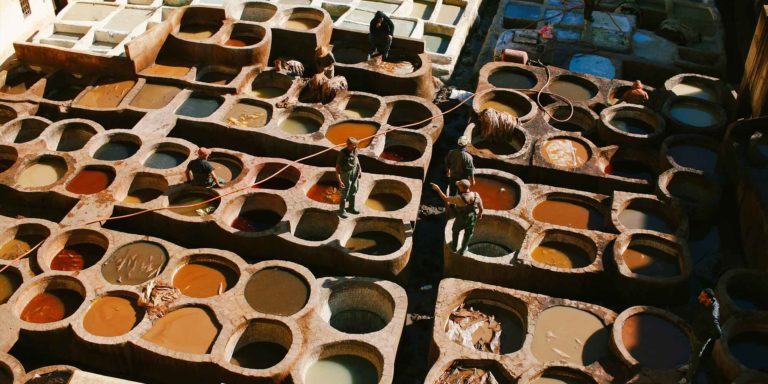vat dye indigo products
The Significance of VAT Dye Indigo Products
Indigo dye, renowned for its deep blue color, has been an integral part of textile history for centuries. Among the various methods of producing indigo dye, Vats or vat dyeing has gained prominence due to its unique properties and durability. This article delves into the significance of vat dye indigo products, exploring their history, application, and environmental considerations.
Historical Context
Historically, indigo was derived from naturally occurring plants, primarily Indigofera species. The use of indigo dye dates back thousands of years, with ancient civilizations such as the Egyptians and the Indians utilizing it for dyeing textiles. However, the process of vat dyeing transformed the industry, allowing producers to create a more consistent and stable product. By the late 19th century, synthetic indigo was developed, leading to a revolution in the textile industry. Today, vat dye indigo products combine the rich tradition of natural dyeing with modern techniques to create versatile and sustainable textiles.
Characteristics of VAT Dye Indigo
Unlike direct dyes, vat dyes possess unique solubility characteristics, allowing them to penetrate fabrics deeply. This results in remarkable colorfastness, meaning that vat dye indigo products can withstand washing and exposure to light without fading quickly. The process involves reducing indigo into a soluble form, which is then applied to the fabric. Upon exposure to air, the dye reverts to its insoluble state, locking in the vibrant blue color. This process not only enhances the aesthetic appeal of textiles but also significantly increases their longevity.
Applications in Fashion and Industry
vat dye indigo products

Vat dye indigo is predominantly used in the fashion industry, particularly in denim manufacturing. It is the classic choice for blue jeans, providing a timeless look and feel. Additionally, designers are increasingly embracing vat dye indigo for other applications, including home textiles and artisanal crafts. The versatility of this dye allows it to be used in various fabric types, from natural fibers like cotton and linen to synthetics.
Moreover, the rise of sustainable fashion has heightened interest in vat dyeing methods. Many consumers are now seeking products that prioritize eco-friendly practices. Vat dye indigo products align with these values, as they can often be produced with less water and harmful chemicals compared to other dyeing methods.
Environmental Considerations
Despite the advantages of vat dyeing, there are still environmental challenges associated with the process, particularly concerning waste management and the use of chemicals in the dyeing bath. However, many manufacturers are innovating to mitigate these impacts by adopting sustainable practices. Strategies such as closed-loop systems, natural reducers, and eco-friendly chemicals can significantly reduce the environmental footprint of vat dye indigo production.
Conclusion
In conclusion, vat dye indigo products stand out for their historical significance, vibrant aesthetics, and durability. As the textile industry continues to evolve, the demand for sustainable practices makes vat dye indigo a relevant choice for both manufacturers and consumers. By embracing this traditional dyeing technique, we can honor the craftsmanship of the past while paving the way for a more sustainable future in fashion and textiles.
-
The Timeless Art of Denim Indigo Dye
NewsJul.01,2025
-
The Rise of Sulfur Dyed Denim
NewsJul.01,2025
-
The Rich Revival of the Best Indigo Dye
NewsJul.01,2025
-
The Enduring Strength of Sulphur Black
NewsJul.01,2025
-
The Ancient Art of Chinese Indigo Dye
NewsJul.01,2025
-
Industry Power of Indigo
NewsJul.01,2025
-
Black Sulfur is Leading the Next Wave
NewsJul.01,2025

Sulphur Black
1.Name: sulphur black; Sulfur Black; Sulphur Black 1;
2.Structure formula:
3.Molecule formula: C6H4N2O5
4.CAS No.: 1326-82-5
5.HS code: 32041911
6.Product specification:Appearance:black phosphorus flakes; black liquid

Bromo Indigo; Vat Bromo-Indigo; C.I.Vat Blue 5
1.Name: Bromo indigo; Vat bromo-indigo; C.I.Vat blue 5;
2.Structure formula:
3.Molecule formula: C16H6Br4N2O2
4.CAS No.: 2475-31-2
5.HS code: 3204151000 6.Major usage and instruction: Be mainly used to dye cotton fabrics.

Indigo Blue Vat Blue
1.Name: indigo blue,vat blue 1,
2.Structure formula:
3.Molecule formula: C16H10N2O2
4.. CAS No.: 482-89-3
5.Molecule weight: 262.62
6.HS code: 3204151000
7.Major usage and instruction: Be mainly used to dye cotton fabrics.

